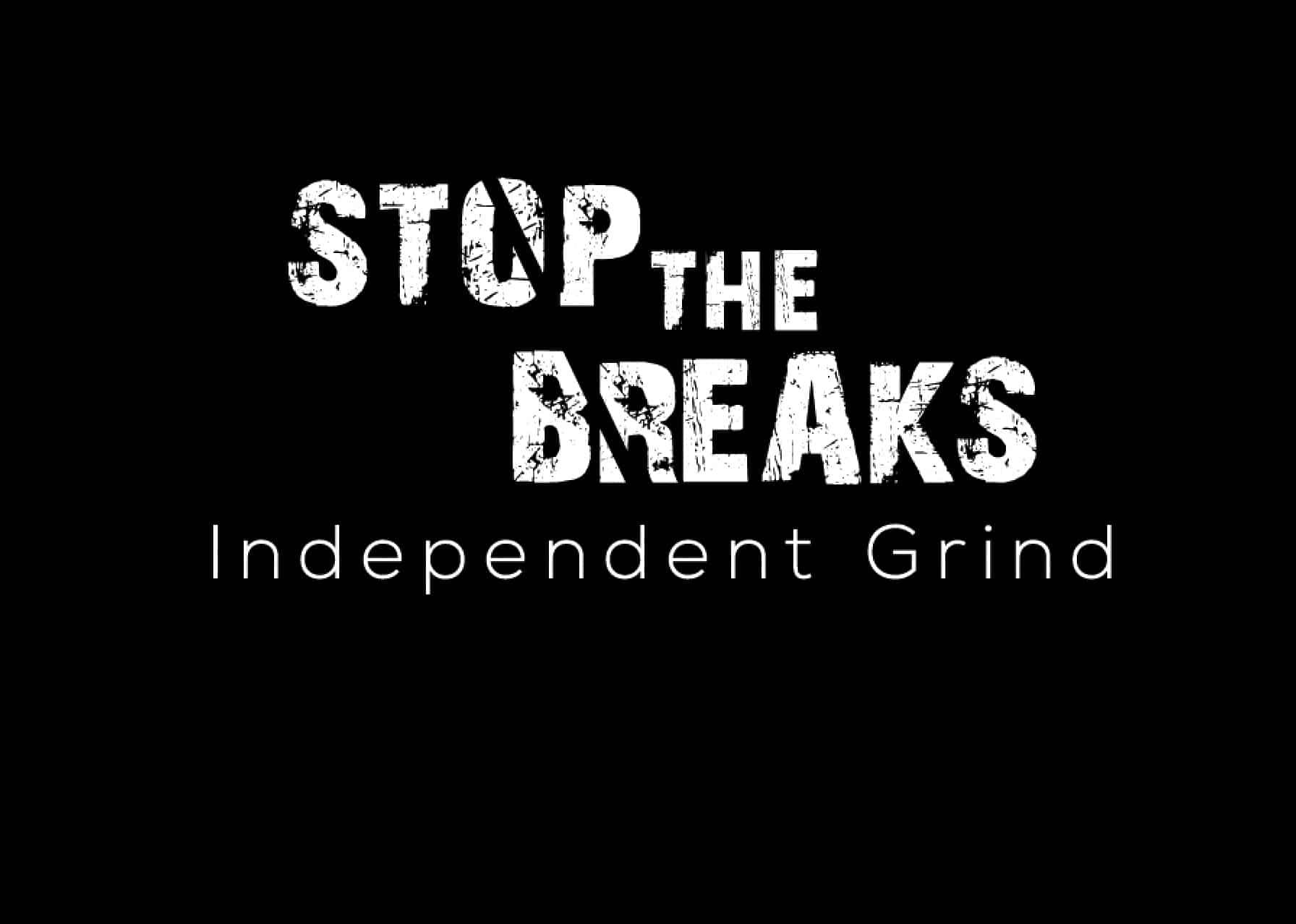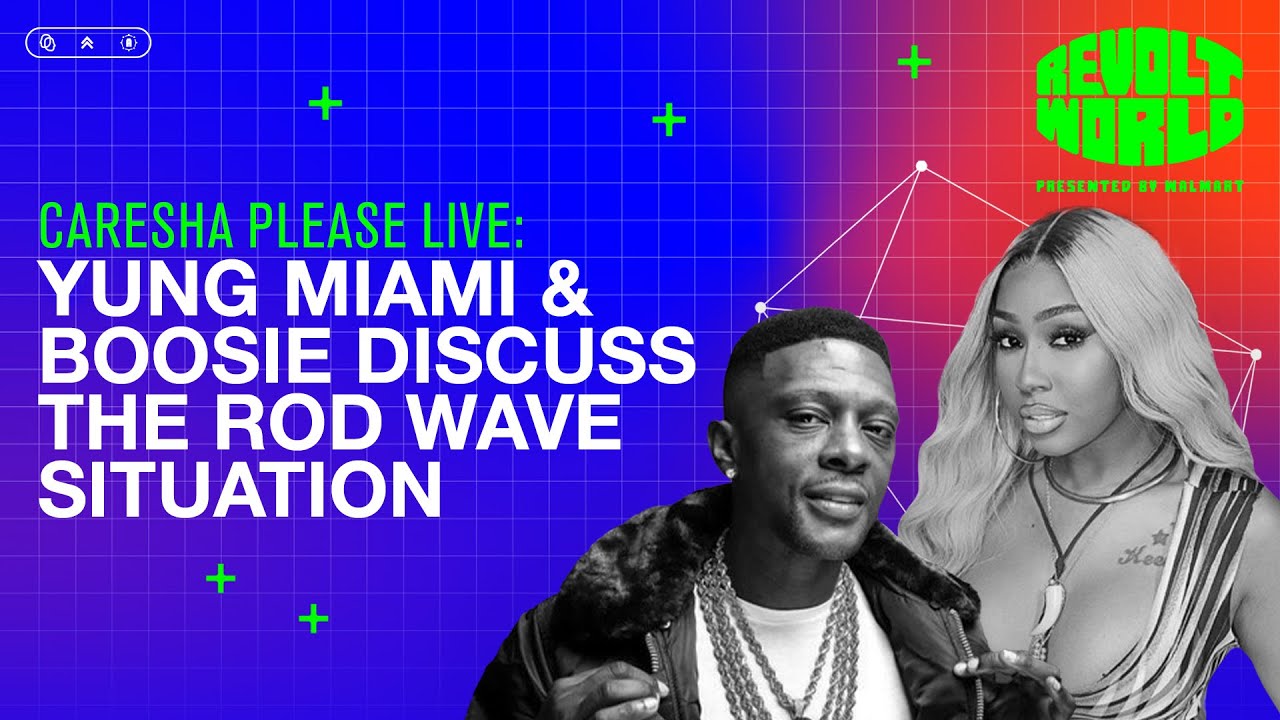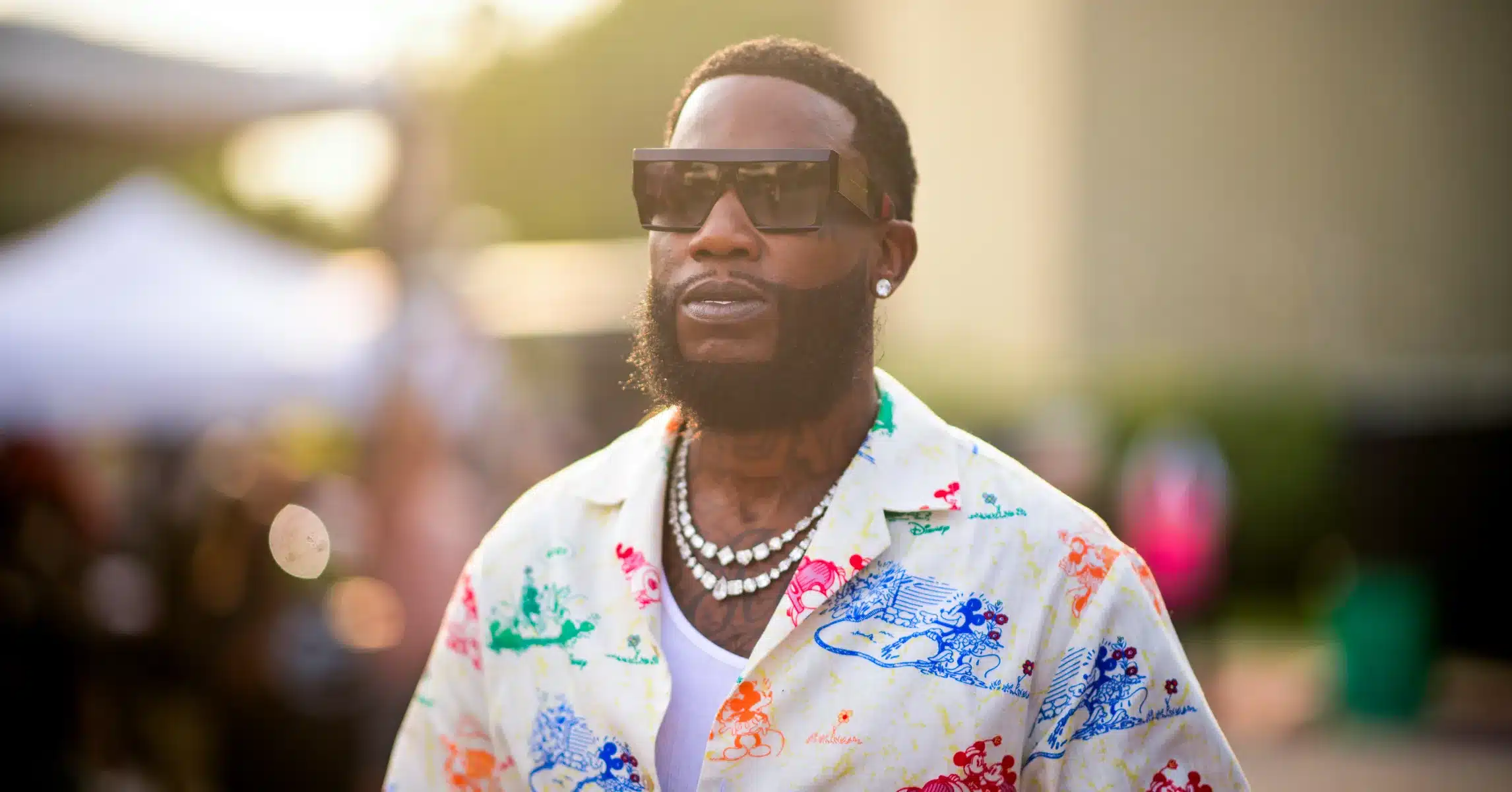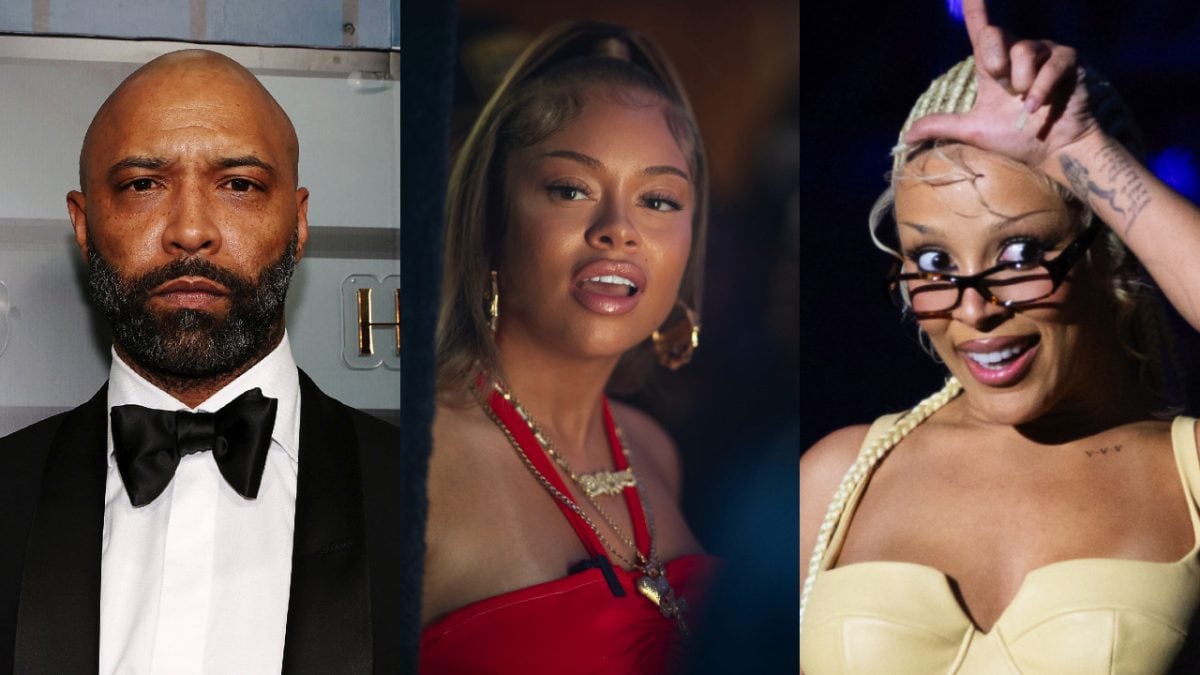Being a CEO is no easy feat, especially when you’re an artist yourself. Balancing the demands of a record label while nurturing your own talents can be a complex dance.
When you’re in the limelight, like a CEO who is also an artist, the challenge lies in managing both roles effectively. It’s about pushing other artists under your wing to shine without overshadowing them with your fame.
The crux of the matter is finding artists who match your drive and hustle. It’s not a one-size-fits-all scenario; each artist requires a tailored approach to boost their own identity and success.
Building an artist’s notoriety begins when they piggyback on your established name but eventually carve out their own niche in the music world. Exposure is key—letting fans discover these artists and grow a fanbase independently.
The separation between the artist and the CEO’s brand is crucial. Fans need to recognize and appreciate the artist on their own merit, which often starts by seeing them associated with an established name before they launch fully on their own.
One’s musical journey often starts with inspiration. Looking up to greats like Master P and J Prince, the desire to emulate their success is strong. These icons represent not just musicians but cultural figures who have transcended the usual bounds of rap.
The challenge for any aspiring artist lies in translating raw, innate talent into something that fits the beat—a skill developed over time through trial and error.
In today’s music scene, some artists resonate deeply, particularly those who bring raw emotion and experience into their craft. The likes of No Cap and Rod Wave capture these sentiments with their music, making an impact with authentic storytelling.
The business side of music, however, sometimes stirs controversy, especially with issues like unauthorized sampling. Protecting one’s intellectual property is vital, and ensuring fair recognition and compensation remains a priority for many artists.
Standing firm on one’s rights can lead to positive outcomes, such as better control over one’s work and fair publishing credits. This not only empowers artists but also sets a standard in the industry.
Managing dual roles as a CEO and artist requires a delicate balance—championing others while nurturing one’s own artistry. Ultimately, it’s about legacy and passing the torch to new talent.




